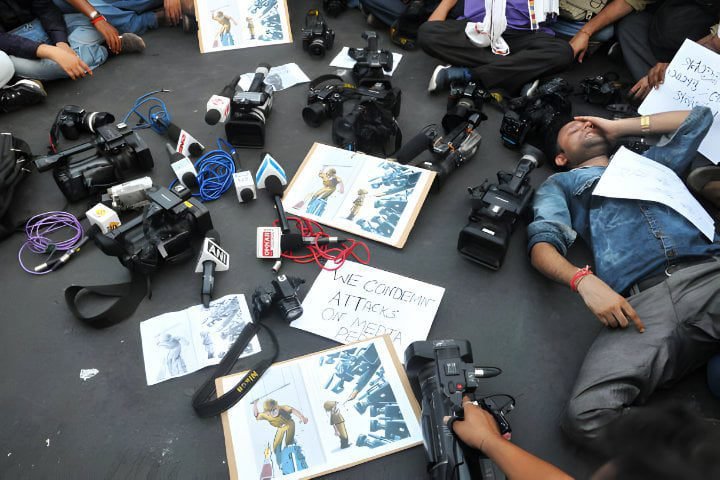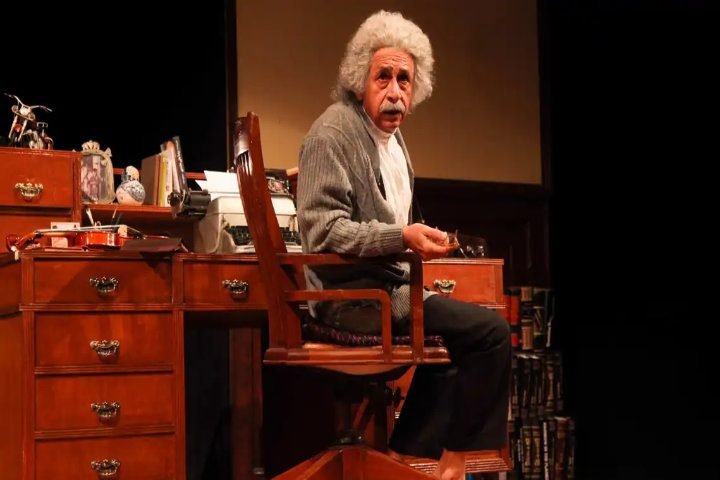- Concept of Socialization
- Media and Social Change
- Social Movements in India
- First War of Independence 1857
- Swadeshi Movement 1905
- Non-Cooperation Movement 1920
- Civil Disobedience Movement 1930
- Quit India Movement 1942
- Land Reform Movement in India
- Chipko Movement 1973
- Dalit Panther Movement 1972
- Mandal Commission Report and Caste-Based Reservation in India 1990
- Narmada Bachao Andolan 1985
- Right to Information Act (RTI) 2005
- India Against Corruption Movement (2011) and Lokpal Act (2013)
- India’s Awakening: The Nirbhaya Movement’s (2012) Impact
Media and Social Change
The media’s central role in promoting social change has become more apparent today. Media has proven power to shape opinions, influence behaviors, and mobilize the public.
In This Article
Social media, news outlets, and entertainment channels contribute to the rapid and widespread dissemination of information. This information often sparks conversations, raises awareness on critical issues, and ignites movements for social change.
The media can empower marginalized communities by highlighting injustices and elevating their voices. Responsible and ethical use of media influence has the potential to make a significant impact on society.
The traditional media, like newspapers and TV, and contemporary ones, like social media, are key forces behind social change. It does this in several important ways:
Awareness and Information Dissemination
The media can effectively educate the public about important social concerns, such as environmental challenges and human rights abuses, by raising awareness and disseminating information. Media coverage of these problems can spark debate and influence public perception and understanding.


The 2012 Nirbhaya case, involving the horrific gangrape of a young woman in Delhi, received widespread media attention and outraged people all over the globe. As a result of the media’s persistent coverage, the topic of gender violence and women’s safety became a hot topic in India, sparking public outrage and eventually leading to new rape legislation.
The Criminal Law (Amendment) Act, 2013, also known as the Nirbhaya Act, specifically recognized gender-based crimes such as acid attacks and stalking and increased the punishment of aggravated rape and assault, including the application of the death penalty in cases where the victim dies or is left in a permanent vegetative state.
Another important change was in the Juvenile Justice Bill, passed in December 2015. The bill would let minors over 16 years of age be tried as adults if they were accused of heinous crimes.


During the preliminary investigation, when Delhi Police was called to where the victim lay bleeding, they spent several minutes arguing about under whose jurisdiction the crime was committed and trying to determine where the first information report (FIR) would be lodged.
There was an uproar among the public when many news reports blamed the delay in getting medical attention to the victim squarely on the policemen.


A committee led by JS Verma, a former Chief Justice of India, proposed the concept of Zero FIR to address this common problem. The Justice Verma Committee received over 80,000 suggestions on various topics, and one of the recommendations was for the police to ensure that they accept FIRs from everyone who wishes to lodge one without turning them away.
Amplifying Marginalized Voices
Media platforms can give marginalized communities a voice to share their stories and struggles. A larger audience’s empathy and solidarity, driven by this exposure, often push changes.
Even though India enacted comprehensive legislation to prohibit manual scavenging in 1993 and again in 2013, this practice persists in various forms across the country. A survey conducted by the Census of India, under the Ministry of Social Justice and Empowerment, and the National Commission for Safai Karamcharis (NCSK) confirms the existence of manual scavenging.
A discussion on manual scavenging in print and visual media, targeting different audiences, portrays workers’ struggle and has raised awareness of the issue.

The persistent media coverage of manual scavenging led to a change in the legislation by the Supreme Court of India, which understood the suffering of those forced to do manual scavenging.


The Supreme Court has directed the Union and state governments to ensure the complete eradication of manual scavenging. Moreover, the court ordered that the compensation in cases of sewer deaths should be increased to Rs 30 lakh. In case of permanent disability, a compensation amount of Rs 20 lakh should be given, and Rs 10 lakh should be given for other forms of disability.
Proper rehabilitation measures for the victims and their families need to be implemented to effectively implement the Prohibition of Employment as Manual Scavengers and the Rehabilitation Act of 2013. This includes providing scholarships and access to skill development programs.
Mobilizing Action
The media can get people to act by spreading information, like participating in protests, signing petitions, or voting. Movements like the Arab Spring and the #MeToo movement were largely organized on social media, demonstrating their power to rally people for a common cause.


Media coverage of Anna Hazare’s anti-corruption protests in 2011 raised the movement’s profile, inspiring millions of Indians nationwide to join the protests and support the Jan Lokpal Bill, a strict law against corruption.
Extensive coverage across national television channels, newspapers, and digital platforms brought the issue of corruption to the forefront of public consciousness and played a crucial role in changing public opinion and uniting people to demand transparency and accountability from their leaders.
The relentless media focus on the protests and the government’s responses put significant political pressure on the ruling parties. This had lasting political ramifications, influencing subsequent elections and leading to changes in the political landscape.
Shifting Cultural Norms and Behaviors
The media not only reflects but also shapes cultural norms and behaviors. It can fight stereotypes and support more open and progressive societal values through representation and narrative framing.
The Indian government’s 2015 “Beti Bachao, Beti Padhao” (Save the Daughter, Educate the Daughter) campaign aims to address the declining child sex ratio and empower girls through education.


The “Beti Bachao, Beti Padhao” movement received considerable attention in Indian media. The media challenged stereotypes by showing stories of girls and women who have excelled in different areas.
The media has helped change societal perceptions by portraying strong, educated women and girls in various roles and professions, challenging stereotypes, and changing traditional norms and behaviors toward gender equality.


Debates and discussions in news programs and articles have scrutinized the government’s efforts and the campaign’s actual impact on the ground. This critical engagement helps keep the authorities accountable and ensures that the campaign’s objectives are pursued effectively.
The CUET UG 2025 Mass Media and Communication syllabus contains this topic under the Communication section.




